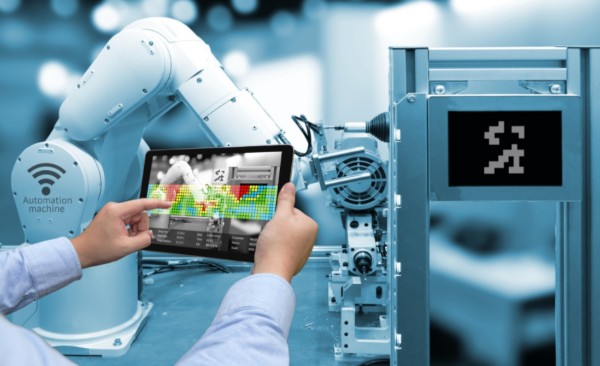Live streaming is an excellent way to grow your audience and increase your online presence, but it can be difficult with its technicalities. A lot of things can ruin a live stream: lagging, audio difficulty, quality issues, equipment malfunction, etc. The following tips will help in improving the quality of your live stream – or at least reduce the probability of issues occurring.
1. Quality equipment
The fact remains that if you use cheap microphones and cameras, you will undoubtedly get cheap results. Microphones and cameras that come with your PC might be alright for regular video calls, but if you intend to conduct a professional live stream, you will have to invest in better equipment. This will help to improve your streaming quality.
High-end streaming cameras will capture high-resolution and focused videos with little to no lag. This is the same with a high-quality microphone as it will reduce the noise in the background. Of course, there are different options that are ideal for different uses. So, keep this in mind.
2. Inspect your lighting setup
One problem that plagues people still new to streaming is lighting. Low lighting can be an issue as it will dissuade viewers from actually watching. This might be the result of the camera not being able to work efficiently in low lighting. The lighting might seem sufficient to you, but the camera won’t register the same thing – which could then lead to poor streaming quality.
Make sure that the room you intend to use is well-lit. You can use natural lighting or other sources for this. Look at the view from the camera so you know exactly what your viewers will see when the live stream begins. It is important that you have a monitor with great resolution, so you’re sure about the quality. 240HZ gaming monitors are great examples.
3. Reduce the number of open applications
Your computer will likely run slowly if there are numerous applications running at the same time – thereby affecting streaming quality. The CPU of PCs is usually limited, and if multiple programs are running at once, it will result in buffering of live streams, delayed audio and pixelated images. Make sure that the only open applications are essential to the running of your live stream.
4. High-speed internet
Your internet connection has to be strong when streaming and uploading your content. Poor internet connection will result in frozen videos and stream buffering. This could cause you to lose viewers. It might also prevent more viewers from watching at the same time. Before you begin steaming, check your internet speed.
5. Use an Ethernet cable
Rather than using Wi-Fi, use an Ethernet cable instead. This can help to stabilize the internet connection. With the cable, the internet signal will be transmitted straight to your computer. Ethernet cables are very helpful to live streams as it ensures that there isn’t a drop-off in signal quality even if other people are using the connection. This will come in very handy in office settings where internet connection is usually shared by different people.



